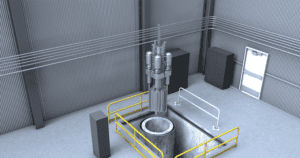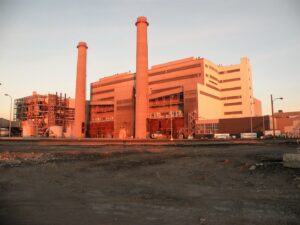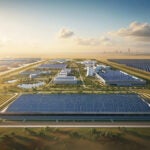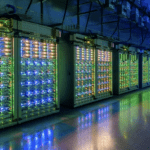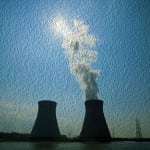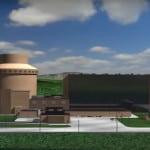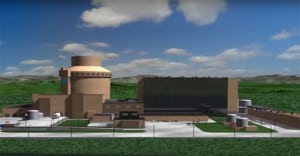
Westinghouse earlier this year shared with the White House that it was building a plan to have 10 of its state-of-the-art AP1000 nuclear reactors under construction by 2030, helping to address growing demands on the U.S. energy grid from artificial intelligence (AI) and other sources. Combined, these 10 reactors are powerful enough to electrify 7.5 million households, or roughly the five largest U.S. cities plus a few data centers.
Yet reactor construction has slowed in recent decades due to complex approvals and building processes. To reach its ambitious goal, Westinghouse has partnered with Google Cloud to develop a custom AI-powered platform using specialized models from both Google and Westinghouse—itself a leader in AI for energy production—that helps optimize and accelerate reactor construction.
So far, early pilots of the platform have shown significant time and cost savings, and the companies are also exploring ways for AI to help enhance nuclear operations and safety. Here’s a closer look.
AI Fuels Itself
The partnership is driven by a pressing global challenge of meeting the ever-increasing energy demands with carbon free power. Dr. Lou Martinez Sancho, Westinghouse’s CTO and executive vice president of R&D and Innovation, framed the core idea as “energy for AI and AI for energy.”
Nuclear is notable for offering clean, reliable power at an immense scale from a small footprint. With the U.S. projected to need 400 GW of new power by 2040—a 32% increase from current usage—conventional construction timelines are insufficient.
A Foundation for AI
Westinghouse CEO Dan Sumner has stressed that AI-driven decision-making optimization is essential to making nuclear power a viable investment for utilities and addressing energy urgency. A major factor in the partnership’s success has been Westinghouse’s AI readiness.
The company already established its own proprietary AI infrastructure, Hive, designed specifically to meet nuclear’s stringent regulatory and export-control frameworks. It also developed Bertha, a generative AI assistant that instantly accesses 75 years of meticulous nuclear knowledge and documentation at Westinghouse. Google engineers were impressed that a 140-year-old company had quietly assembled the exact foundation needed to deploy AI securely in a heavily regulated environment.
Building on Data
The core AI innovation targets the construction process—historically 60% of reactor costs. Until recently, construction management relied on spreadsheets and paper documents, leading to delays that cascaded across thousands of interdependent tasks. But with AI, Westinghouse turned decades of documentation to its advantage.
The new AI system combines the companies’ AI models and prediction tools with Westinghouse’s WNEXUS, a 3D digital twin of its reactors. When combined with current and historic data, the system can predict bottlenecks, optimize construction task sequences, adjust staffing levels, and account for external factors like supply chain constraints.
AI as a “Technology Brick”
The optimization technology for new reactor construction is built using a “technology brick approach” Martinez Sancho said, meaning it has applications far beyond the initial project. The same AI tools are already being applied to reduce licensing processes and operations timing. By finding the fastest path through maintenance and refueling tasks, the AI helps minimize reactor downtime.
Westinghouse views AI not as a tool for simple cost optimization, but instead as a catalyst for a revolution that transforms the energy sector and turns decades of documentation into an asset that accelerates progress.
—This content was contributed by the media relations team for Westinghouse.



